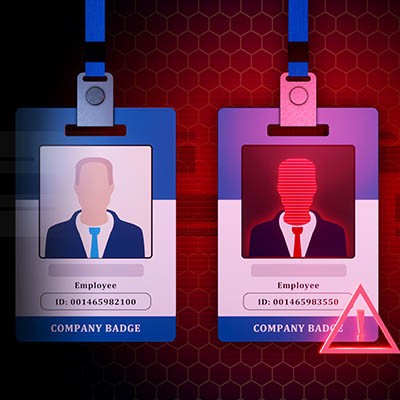So, you’re starting a business, and every dollar goes toward growth, marketing, and making your product awesome. Technology is probably just that thing you need to check emails and run Wi-Fi.
That mindset is dead wrong.
If you treat technology as an afterthought, you're stacking the deck against yourself. Your business runs on technology, and it can either be your secret weapon or your silent killer. This month, we go into four brutal, non-technical truths you must accept about your business tech right now.




















